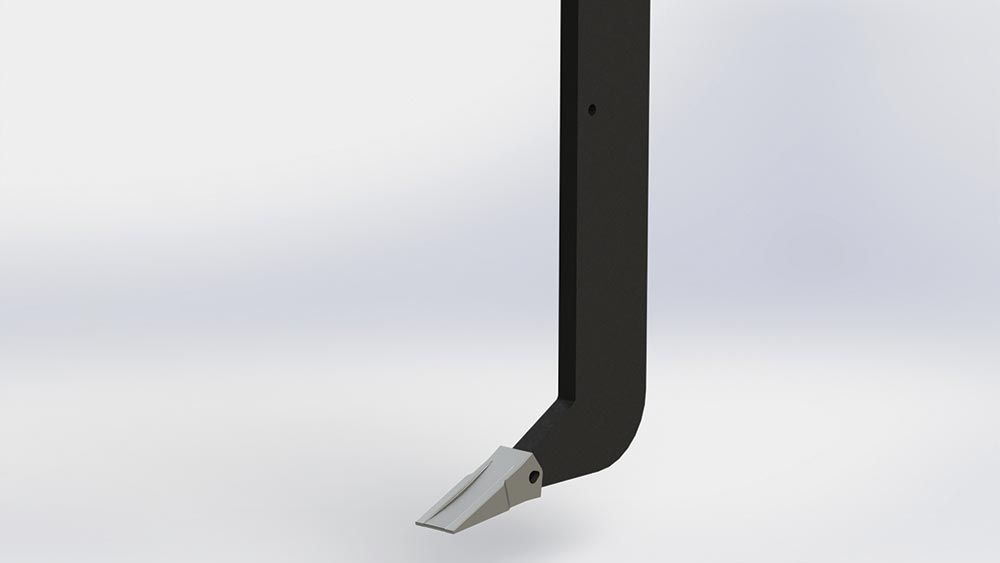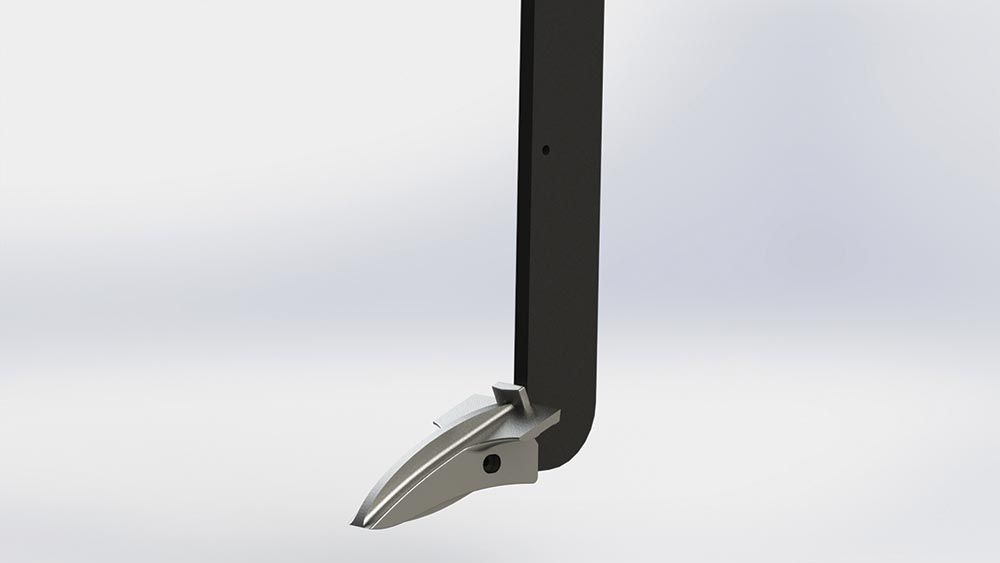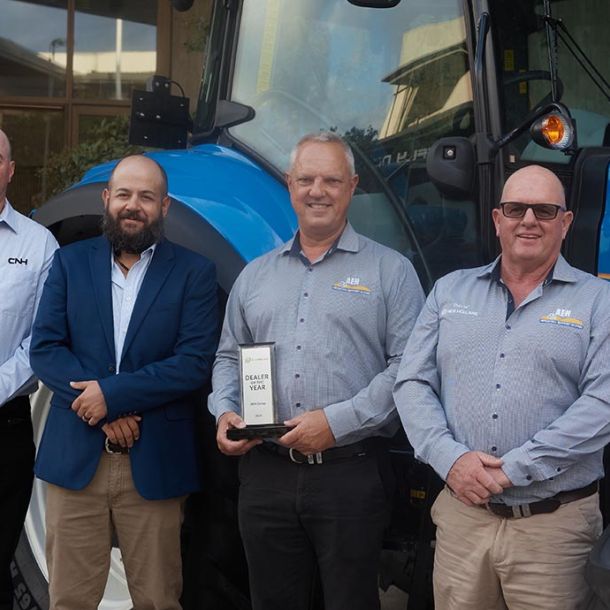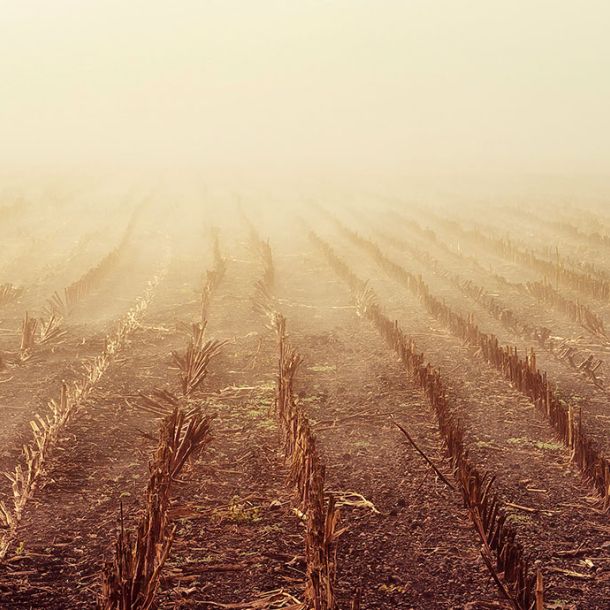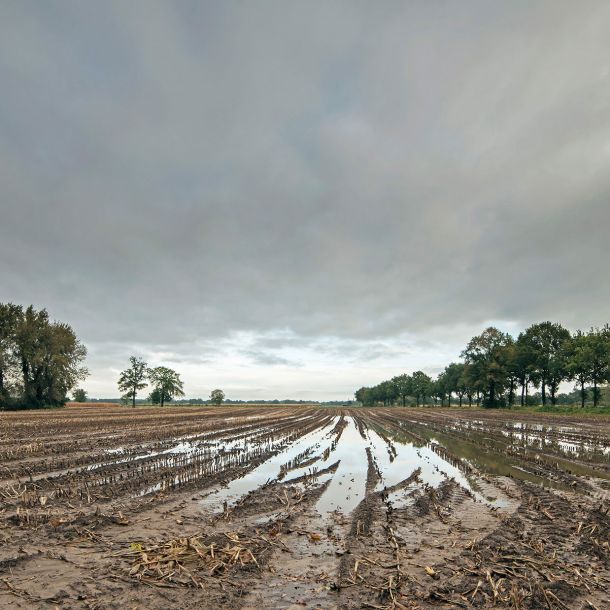Get to the Point: Winged Cast & Ripping Points for Tillage Applications
The one-size-fits-all approach almost never works. Imagine if all the shoe manufacturers in the world only made one size of shoe in one style? Very few people would be happy because that size or style would not fit their unique needs. Think if they were all size 40 high heels – not a good fit for most farmers!
The ability to customise to need, soil type, crop rotation, season, and other considerations factors into a producer’s choice of one type of tillage point over another. Winged cast points and ripping points are popular options with strong use cases. Understanding the benefits of both can help address your unique soil or tillage issues and provide noticeable impacts on common crop production concerns like crop cultivation, seed germination, and soil conservation.
Choosing the correct tillage point for a particular soil type or application is the first step in controlling the aggressiveness of the tillage for that paddock. Point selection also allows a producer to fit the point’s strengths into his or her strategic tillage plan, taking into account the variables mentioned above, as well as any additional mechanical means or chemical applications scheduled for deployment on the ground.
Winged cast points are designed to help establish the crop in the soil medium while still minimizing the chances of erosion. These small points, with their slightly triangular shape and channelized appearance, are best suited for mixing soils or inverting soils of differing types. Soils flow up over the tips, with the channel and wing combination helping to turn them as the implement is propelled forward by the tractor. Winged cast points have been shown to reduce rill erosion in sandy and loamy soils in university tests.
Conversely, ripping points are designed to not mix soils like their winged cast cousins, but rather to disturb them at a sub-surface level. The straight design and bevelled tip of a ripping point is meant to break up hard pan deposits beneath the soil while leaving the surface, and any residues there, largely undisturbed. This point is a good option for farms with harder packing or sticky soils like clays.
Since these points are usage-specific, choosing an implement that accommodates both drives down costs and improves efficiency. K-Line Ag’s MaxxRipper implement offers both point types, giving producers the opportunity to select the point that’s best-suited for the soils within their acreage.
K-Line Ag MaxxRipper Point Options
